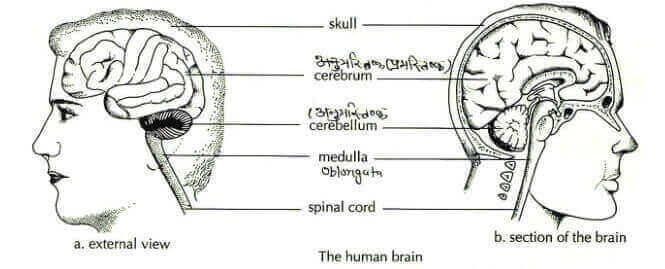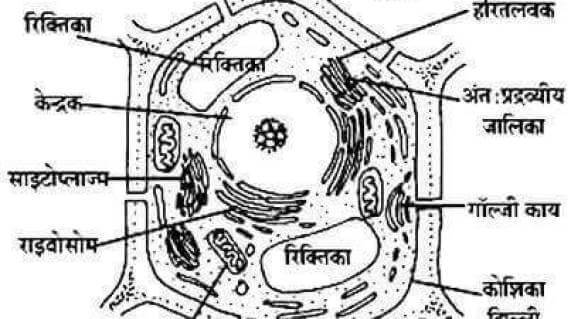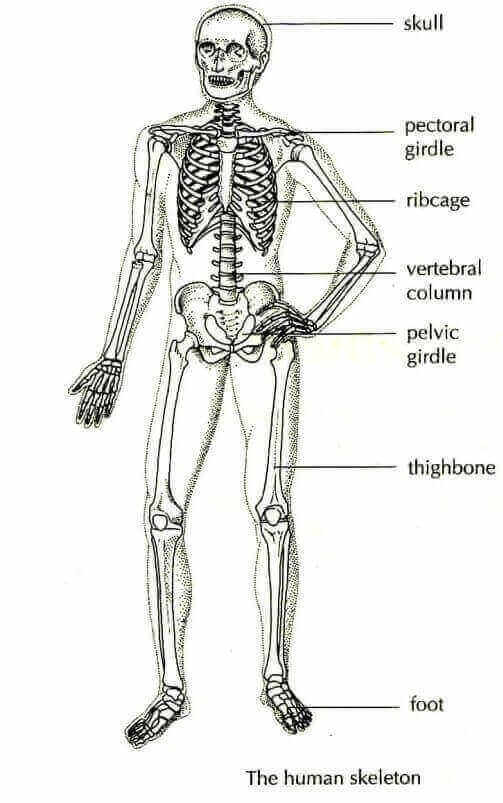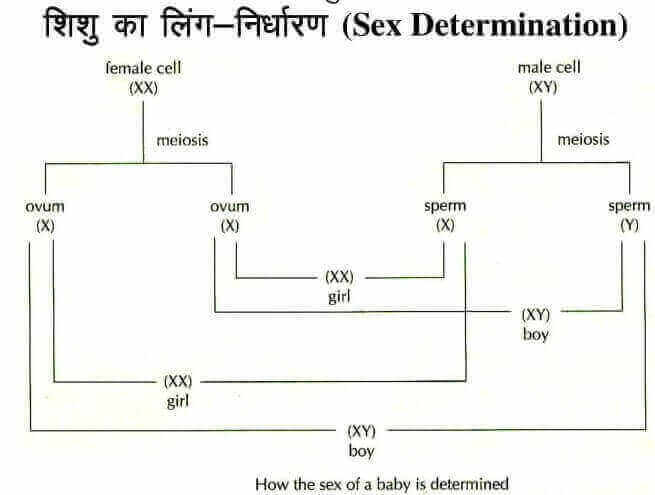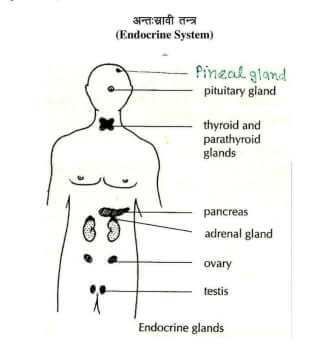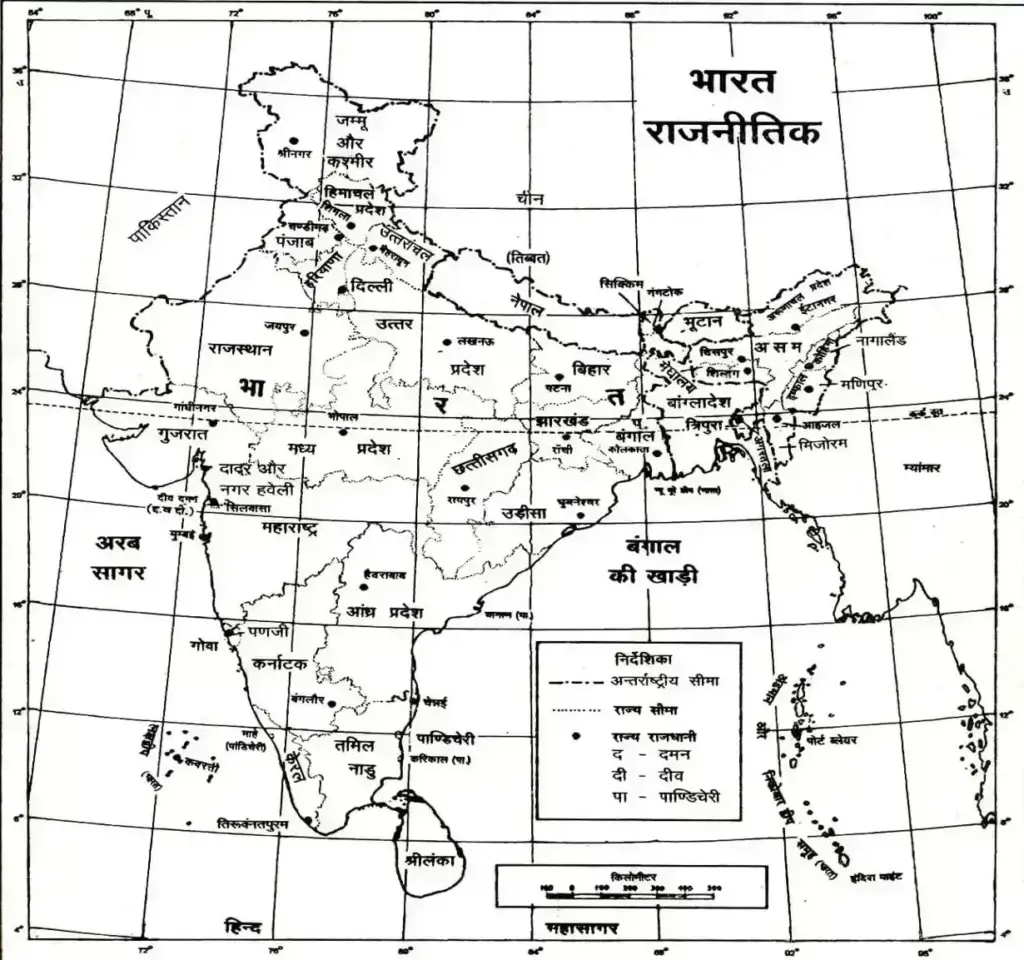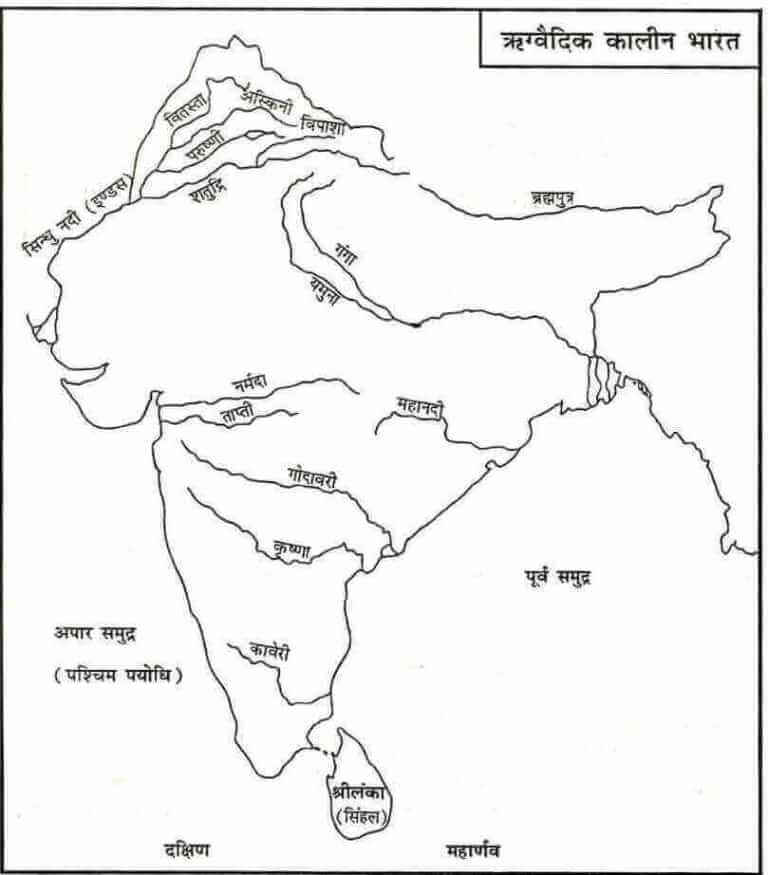The blood circulatory system
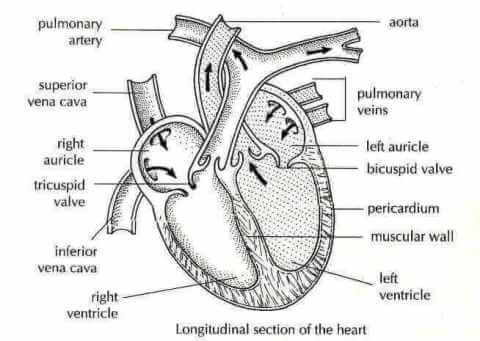
blood circulatory system – Through This System The Circulation Of Pure Blood Takes Place From The Heart Through The Arteries To The Whole Body And Impure Blood From The Whole Body To The Heart Through The Veins .
The Blood Circulation System Was Discovered In 1628 AD By A Scientist Named William Harvey .
There Are Two Types Of Circulatory System Which Are Called Open And Closed Circulatory System Respectively.
Open Circulatory System The Open Circulatory System In Animals Of The Arthropoda Federation ( Cockroaches, Crabs, Prawns (Lobsters, Mosquitoes, Flies, Etc.)
Closed Circulatory System In All Developed Animals Such As Fish, Frogs, Snakes, Birds, Earthworms, Ascaris And This Type Of Mammalian Union (Human Beings). Circulatory System Is Found.
Humans Have A Closed Developed And Dual Type Of Circulatory System.
The Human Circulatory System Is Made Up Of Three Components.
Which Are Called Blood, Heart And Blood Vessels Respectively.
Blood
Blood Is A Fluid Connective Tissue Made Up Of Humans. In The Bone Marrow While In The Embryonic Stage Of The Blood. Manufacture From The Liver And Spleen.
5 To 6 Liters Of Blood Is Found In A Normal Human Body, Which Is Found In 7 To 8 Percent In Percentage.
Blood Is Made Up Of Two Components Which Are Called Blood Plasma And Blood Corpuscles Respectively .
Blood Plasma
Blood Plasma Is Made Up Of Water, Organic And Inorganic Substances. 90 To 92 Percent Water In Blood Plasma. Whereas The Highest Amount Of Protein Is Found In The Form Of Organic Matter.
Blood Corpuscles
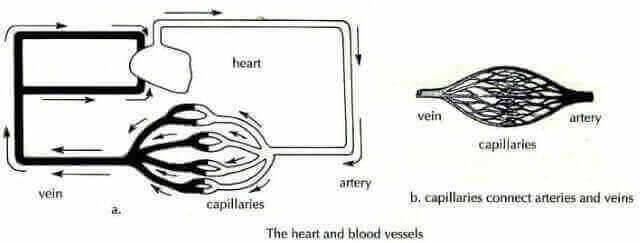
Blood Corpuscles – Blood Corpuscles Make Up 40 To 45 Percent Of The Total Blood, Which Are Of Three Types On The Basis Of Function And Structure, Which Are Called RBC , WBC And Blood Platelets Respectively .
RBC – Red Blood Corpuscles
- RBCs Are Known As Erythrocytes Which Are Formed From The Red Bone Marrow.
- During The Embryonic Stage, RBCs Are Produced By The Liver And Spleen.
- RBCs Are Elliptical In Structure.
- The Life Span Of RBC Is 120 Days In Human Body.
- The Nucleus Is Not Found In The RBC Of All The Mammals Of The World, But Camel And Llama Are Two Such Mammals Whose Nucleus Is Found In The RBC .
- Red Color Of RBC Or Red Color Of Blood Is Due To Hemoglobin
- Iron Metal Is Found In The Center Of Hemoglobin .
- Camel Is Such A Mammal That Has The Largest Size Of RBC.
- The Size Of The Deer’s RBC Is The Smallest.
- If A Person Is Left In Space Or On Mount Everest For A Few Days, Both The Number And Size Of RBCs Will Increase.
- The Number Of RBCs In The Human Body Is 5 To 5.5 Lakhs Per Cubic Millimeter.
- The Main Function Of RBC Is To Transport Oxygen.
WBC – White Blood Corpuscles
- WBC Is Known As Leukocyte.
- WBC Is Produced By White Bone Marrow In The Human Body.
- The Life Span Of WBC Is About 8 To 10 Days In The Human Body.
- The Number Of WBC In The Human Body Is About 5000 Thousand To 9000 Per Cubic Millimeter.
- The Ratio Of RBC And WBC In Blood Is 600 : 1.
- WBCs Are Amoeba-Shaped In Size, That Is, They Do Not Have Any Definite Shape.
- The Main Function Of WBC Is To Protect The Body From Harmful Bacteria.
- Monocytes Are The Largest WBC In Size.
- The Lymphocyte Type Of WBC Is The Smallest In Size.
- The Largest Number Of Neutrophil Types Are Found In WBCs
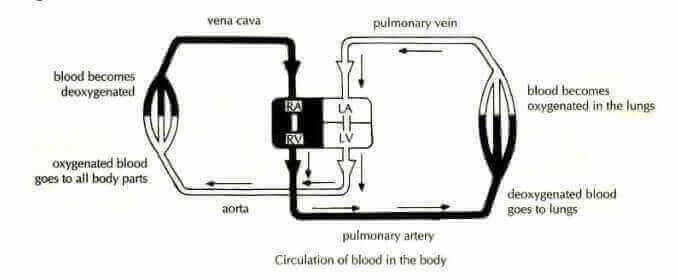
Blood Platelets – The Function Of Blood Platelets
- Blood Vessels Are Known As Thrombocytes.
- Blood Vessels Are Formed From The Red Bone Marrow Which Is Plate-Shaped In Structure.
- The Life Span Of Blood Vessels Is About 8 To 10 Days.
- Blood Platelets Help In Clotting Of Blood.
- Their Number Is About 3 To 5 Lakh Per Cubic Millimeter In The Human Body.
- In Viral Diseases Like Dengue, The Number Of Platelets In The Body Decreases Because The Dengue Virus Eats The Platelets.
The Following Organs Function In The Blood Circulatory System- (I) Heart, (Ii) Artery, (Iii) Vein, (Iv) Capillary. Among These- The Main Function Of The Heart Is The Exchange Of Blood Through Arteries And Veins (By Pumping Action) To All The Cells Of The Body.
Heart Number And Chambers
In Human Beings 1 Heart Is 4 Axillary.
In Fishes, 1 Heart Is 2 Chambered, Reptiles Have Crawling Animals) And In Amphibians 1 Heart Is 3 Chambered.
Crocodile ‘Crocodile’ (Gharial) Is Such A Reptile, In Which The Heart Is 4 Chambered.
The Heart Is 4 Chambered In Birds And Mammals.
The Number Of Hearts In Earthworms Is 4 Pairs (8 Hearts).
There Are 13 Chambers In The Heart Of The Carroach.
The Human Heart Is Divided Into 4 Axons ( Veshmas) In Which The Upper 2 Are Called Auricles And The Lower 2 Are Called Ventricles .
- The Left Atrium And The Left Ventricle Are Connected By A ‘Panel’.
- Similarly Right Atrium And Right Ventricle Are Also Connected By A Valve. The Walls Of The Atrium Are Thin And The Walls Of The Ventricles Are Thick.
- The Impure Blood Reaches The Right Atrium Through The Veins (Interior Venacava And Posterior Venacava) And From Here The Impure Blood Is Carried To The Right Ventricle.
- The Impure Blood By The Right Ventricle Is Transported To Both The Lungs By The 2nd Pulmonary Artery (Yak Is An Exception) For Purification .
- Pure Blood From Here (Lungs) Is Delivered To The Left Atrium By The Pulmonary Vein (This Is Also An Exception).
- Pure Blood Is Pumped From The Left Atrium To The Left Ventricle And From The Left Ventricle To The Whole Body Through Arteries.
- Blood Flows Intermittently In The Artery And Continuously In The Vein.
- The Average Heartbeat Rate In Humans Is 72 Times Per Minute But Reaches 200 Times Per Minute.
- In Human Race, The Heart Of A Male Is 350 Grams And That Of A Female Is 250-300 Grams.
- The Artery That Carries Blood To The Heart Is Called ‘Coronary Artery’ And When The Amount Of ‘Cholesterol’ In This Artery Increases, A Heart Attack Occurs .
- The Blood Pressure In A Normal Human Being Is 120/80 MmHg Equal To The Pressure Of Mercury.
- The Volume Of Blood In A Normal Human Being Is 5 To 6 Liters.
- Blood Accounts For 7 To 8% Of The Body Weight (In Litres), That Is, The Volume Of Blood Is About 1/13th Of The Body Weight.
- The Amount Of Hemoglobin In Human Blood Is Found To Be 12 To 15 Grams Per 100 Ml.
- Blood Is Stored In Hospitals’ ‘Blood Banks’ At A Temperature Of About 40 Degrees Fahrenheit For A Month.
- In This, Sodium Citrate And Sodium Oxalate Chemicals Are Added To Prevent Blood From Clotting.
- These Chemicals Neutralize The Blood Clotting Element Calcium.
- The Condition Of High Blood Pressure Is Formed When The Heart Is Compressed, Which Is Called “Systole” And The Condition Of Low Blood Pressure Is Formed When The Heart Is Dilated, Which Is Called ‘Distole’.
- The Heart Beat Is Controlled By The Sinoatrial (SA Node).
- Blood Consists Of 55% Plasma And 45% Blood Cells.
- Most Of The Plasma Is Made Up Of Water And Some Part Of Minerals, Proteins, Fats Etc.
There Are 3 Types Of Blood Cells
(I) Red Blood Cells (Function – Circulation Of Oxygen And Carbon Dioxide)
(Ii) White Blood Cells (Function – Protection From Harmful Bacteria)
(Iii) Platelets (Function- Helping In Clotting Of Blood)
Blood Is Produced In The Red Bone Marrow Of Long Bones And Purification In The Lungs.
The Spleen Is Called The ‘ Cemetery Of Blood’ Because Dead Blood Cells Are Stored Here.
The Main Metal Found In Blood Is Iron .
Artificial Blood Is Chemically Composed Of ‘Fluorocarbons’, Which Are Good Carriers Of Oxygen.
Since There Is No Blood Group, It Can Be Given To Any Person.
The ‘Artificial Heart’ , Whose Other Name Is ‘Zarvic – 7′ , Is Made Of Plastic And Aluminum Metal. Its Weight Is 300 Grams.
Heart Transplant _
The Successful Heart Transplant Was Done By Christian Bernard (South Africa) In The World Perspective .
Successful Heart Transplant In India Was Done By Dr. Venugopal (Kerala) In 1994.
Blood Group
‘Blood Group’ Was Discovered By K. Landsteiner In 1900-1902.
| Blood Group | Antigen | Antibody |
|---|---|---|
| A | A | B |
| B | B | A |
| AB | AB | , |
| O | , | AB |
Blood Groups Are 4
AB Blood Group : Universal Acceptor Omnibus
0 Blood Group: Universal Donor Is The Universal Donor.
Group ‘A’- Antigen A And Antibody B Are Found In This. Group ‘B’- Antigen B And Antibody A Are Found In This.
Group ‘AB’ – In This Both Antigens A And B Are Found And There Are No Antibodies.
Group ‘0’ – No Antigen Is Found In It And A And B Antibodies Are Found.
In These, Blood Group ‘A’ Can Take Blood From Blood Groups A And O And Can Give Blood To A Person Of A And AB Blood Group.
A Person With Blood Group ‘B’ Can Take Blood From Blood Groups B And O And Can Give Blood To B And AB.
Blood Group AB Can Take Blood From A Person Of Any Blood Group And Can Give Blood Only To A Person With AB Blood Group.
No Antigen Is Found In Blood Group ‘O’, But Both Antibodies A And B Are Found, So A Person Of Blood Group 0 Can Take Blood Only From ‘O’ Group And Can Give To All Blood Group. That Is, ‘AB’ Is The Universal Acceptor And ‘O’ Is The Universal Donor.
Note : Questions Related To The Determination Of The Blood Group Of The Child Are Also Asked On The Basis Of The Blood Group Of The Parents. It Is Determined According To The Following Chart
Blood Transfusion
| Blood Group | Can Be Donate | Can Be Received |
|---|---|---|
| A | A, AB | A, O |
| B | B, AB | B, O |
| AB | AB | A, B, AB, O |
| O | A, B, AB, O | O |
Rh Factor : This Is A Type Of Antibody Found In The Red Blood Cells Of A Person .
It Was First Discovered In 1940 By Landsteiner And AS Wiener In The Monkey Of Rhesus ‘ Species . Those In Which It Is Found, They Are Called Rh ( Positive) And Those In Which It Is Not Found, They Are Called Rh ( Negative ).
Rh Factor Is Found In About 90% Of People. On Giving Rh Blood To A Person Of Rh’ Blood, His Blood Will Fuse And The Person Will Die.
If A Rh-Negative Mother Has An Rh-Positive Baby In Her Abdomen (Rh Is Inherited From The Father), Some Of The Rh-Positive Blood Produced In The Baby Is Transferred To The Mother, Causing Antibodies Against The Rh-Positive In The Mother’s Blood . Formation Takes Place ( Because Rh * Passed From The Infant Into The Mother’s Blood Acted As An Antigen For The Mother ).
This Antibody Is Obtained From The Mother’s Blood In The Form Of Food For The Child. This Antibody Acts As An Antigen In The Baby’s Body And Destroys The Red Blood Cells, Which Often Leads To The Death Of The Baby.
This Condition Is Called ‘Erythroblastosis Foetalis’. Chances Of This Condition Are Less In The First Pregnancy
Discovery Of 'Blood Group'?
‘Blood Group’ Was Discovered By K. Landsteiner In 1900-1902.
Heart Transplant
The Successful Heart Transplant Was Done By Christian Bernard (South Africa) In The World Perspective .
Successful Heart Transplant In India Was Done By Dr. Venugopal (Kerala) In 1994.
What Is 'JARVIC-7' (ZARVIC-7)?
Artificial Heart
Human Heart Number And Chambers
The Human Heart Is Divided Into 4 Axons ( Veshmas) In Which The Upper 2 Are Called Auricles And The Lower 2 Are Called Ventricles .
Which Enzyme Is Found In 'Saliva'?
Amylase ( AMYLASE )
What Is The Enzyme That Digests Milk?
‘RENNIN’
Blood Plasma
Blood Plasma Is Made Up Of Water, Organic And Inorganic Substances. 90 To 92 Percent Water In Blood Plasma. Whereas The Highest Amount Of Protein Is Found In The Form Of Organic Matter.
Discovery Of Blood Circulatory System
The Blood Circulation System Was Discovered In 1628 AD By A Scientist Named William Harvey .
Blood Color Red
Red Color Of RBC Or Red Color Of Blood Is Due To Hemoglobin
Blood Group
Group ‘A’- Antigen A And Antibody B Are Found In This. Group ‘B’- Antigen B And Antibody A Are Found In This.
Group ‘AB’ – In This Both Antigens A And B Are Found And There Are No Antibodies.
Group ‘0’ – No Antigen Is Found In It And A And B Antibodies Are Found.
In These, Blood Group ‘A’ Can Take Blood From Blood Groups A And O And Can Give Blood To A Person Of A And AB Blood Group.
A Person With Blood Group ‘B’ Can Take Blood From Blood Groups B And O And Can Give Blood To B And AB.
Blood Group AB Can Take Blood From A Person Of Any Blood Group And Can Give Blood Only To A Person With AB Blood Group.
Which Is The Longest Part Of The Digestive System?
‘Small Intestine’
Where Does The Digestion Of Cellulose Take Place?
CAECUM
In Which Artery' (Artery) Does The Circulation Of 'Impure Blood' Occur As An Exception?
Pulmonary
In Which 'Vein' (VEIN) Is The Exception Of 'Pure Blood' Circulating?
Pulmonary
What Is The Average Heart Beat (Pulsation) Rate Per Minute In Humans?
72 Times
In Which Artery 'Heart Attack' Occurs When The Amount Of 'Cholesterol' Increases?
In Coronary
Where Does The Purification Of 'Blood' Take Place?
Lungs
What Is Called The 'Graveyard Of Blood'?
SPLEEN
What Is The Main Metal Found In Blood?
Iron
What Are Artificial Blood Chemically?
Fluoro Carbon
Which Enzyme Works To Kill Bacteria In The Mouth?
Lysozyme (LYSOZYM)




